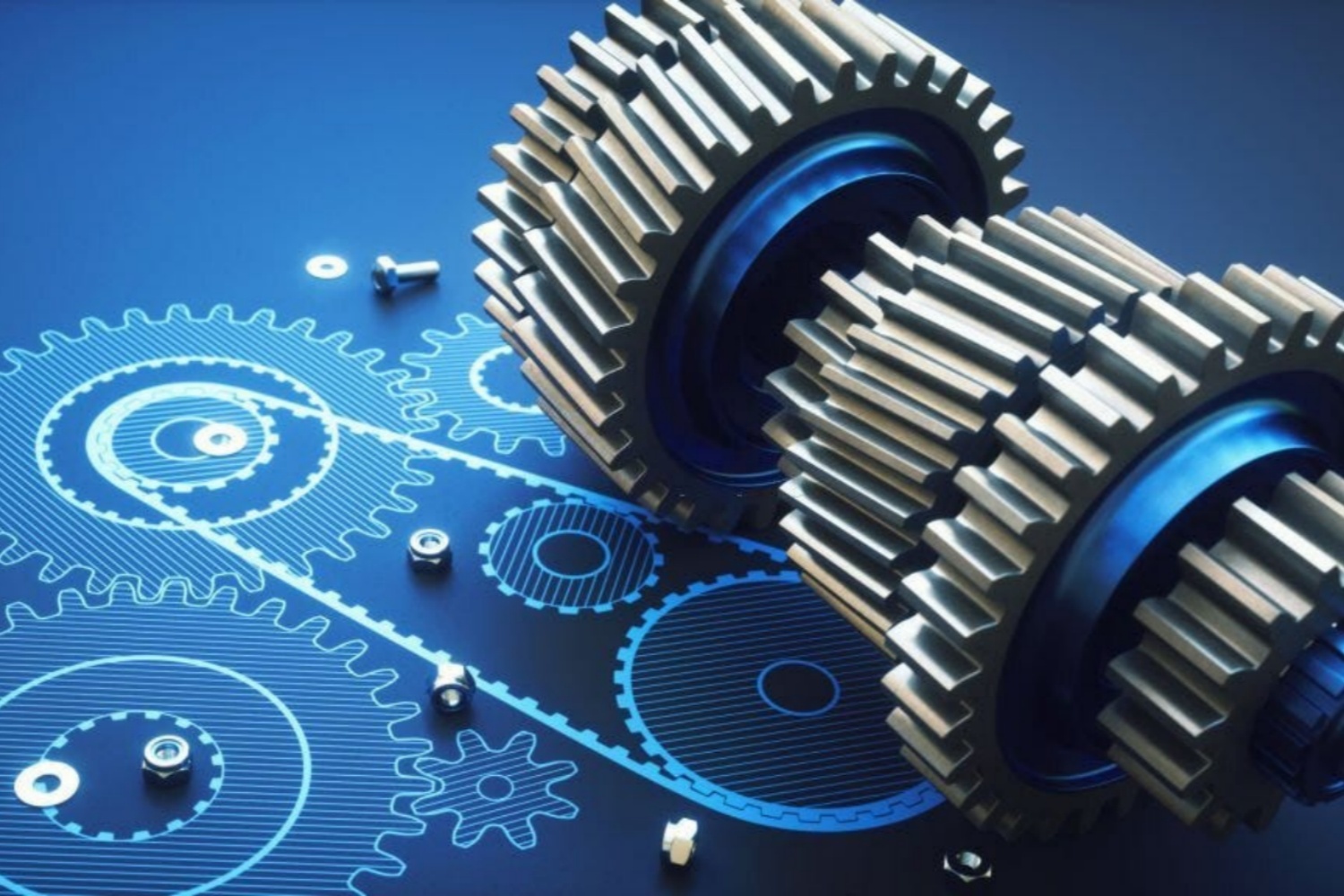In the realm of industrial machinery, gears play a pivotal role in the seamless operation of various systems. However, these critical components are susceptible to wear and tear, significantly impacting their lifespan and the efficiency of the machinery they power. The following text takes an in-depth look at industrial gear wear, focusing on expected life, current conditions, and maintenance practices to reduce wear and extend service life.
Industrial Gear Life
The lifespan of industrial gears is contingent upon several factors, including material quality, design, operational conditions, and maintenance practices. Ideally, gears are designed to last for the expected lifecycle of the machinery they serve. For instance, gears designed to the most stringent industry standards, such as AGMA 6014, are expected to benefit from a 25-year lifecycle. However, this ideal scenario is often compromised by various forms of contamination, improper lubrication, and misalignment, leading to premature wear and failure.
Current Status of Industrial Gears
Contamination stands as a silent killer of mill gears, akin to how high blood pressure silently jeopardizes heart health. This analogy underscores the insidious nature of gear wear, which often progresses without obvious symptoms until a failure occurs. Contaminants, both solid (such as dust and debris) and liquid (like spills and leaks), infiltrate gear systems, exacerbating wear through abrasive interaction with gear surfaces or by compromising lubrication integrity.
Solid contaminants, often finer particles, easily breach gear guards, sticking to lubricants and accelerating wear through abrasive contact. Liquid contaminants, on the other hand, can wash away lubricants or cause scuffing and severe wear by getting trapped in gear meshes. These issues are prevalent in both dry and wet grinding applications, highlighting the pervasive challenge of contamination across different industrial settings.
Maintenance of Industrial Gears
Mitigating wear and extending the life of industrial gears necessitate a comprehensive approach to maintenance, focusing on both preventive and corrective measures. Preventive strategies include the implementation of mud guard sealing and the use of contact seals to prevent contamination ingress. Mud guards, particularly in labyrinth designs, offer a robust defense against contaminants by creating intricate barriers that minimize the entry of foreign particles and liquids.
Corrective measures, such as gear washing, play a crucial role in removing contaminants that breach preventive barriers. Advances in lubrication technology have introduced gear cleaning products that can be applied during operation, minimizing downtime while ensuring thorough decontamination.
While the risks of contamination and wear can never be entirely eliminated, their impact on industrial gears can be significantly mitigated through diligent maintenance practices. By understanding the underlying causes of gear wear and implementing both preventive and corrective measures, industries can enhance the reliability, integrity, and longevity of their gear systems. This holistic approach to gear maintenance not only ensures operational efficiency but also contributes to the sustainability of industrial operations.

CONTINUE READING
Related Posts
In mechanical drives, gears are essential for transmitting motion, power, and torque across various applications. Two of the most commonly […]
In the world of industrial machinery, efficiency, precision, and reliability are essential. A key component in achieving these goals is […]
In the world of industrial engineering, precision and innovation are essential to staying competitive and meeting the ever-growing demands of […]





